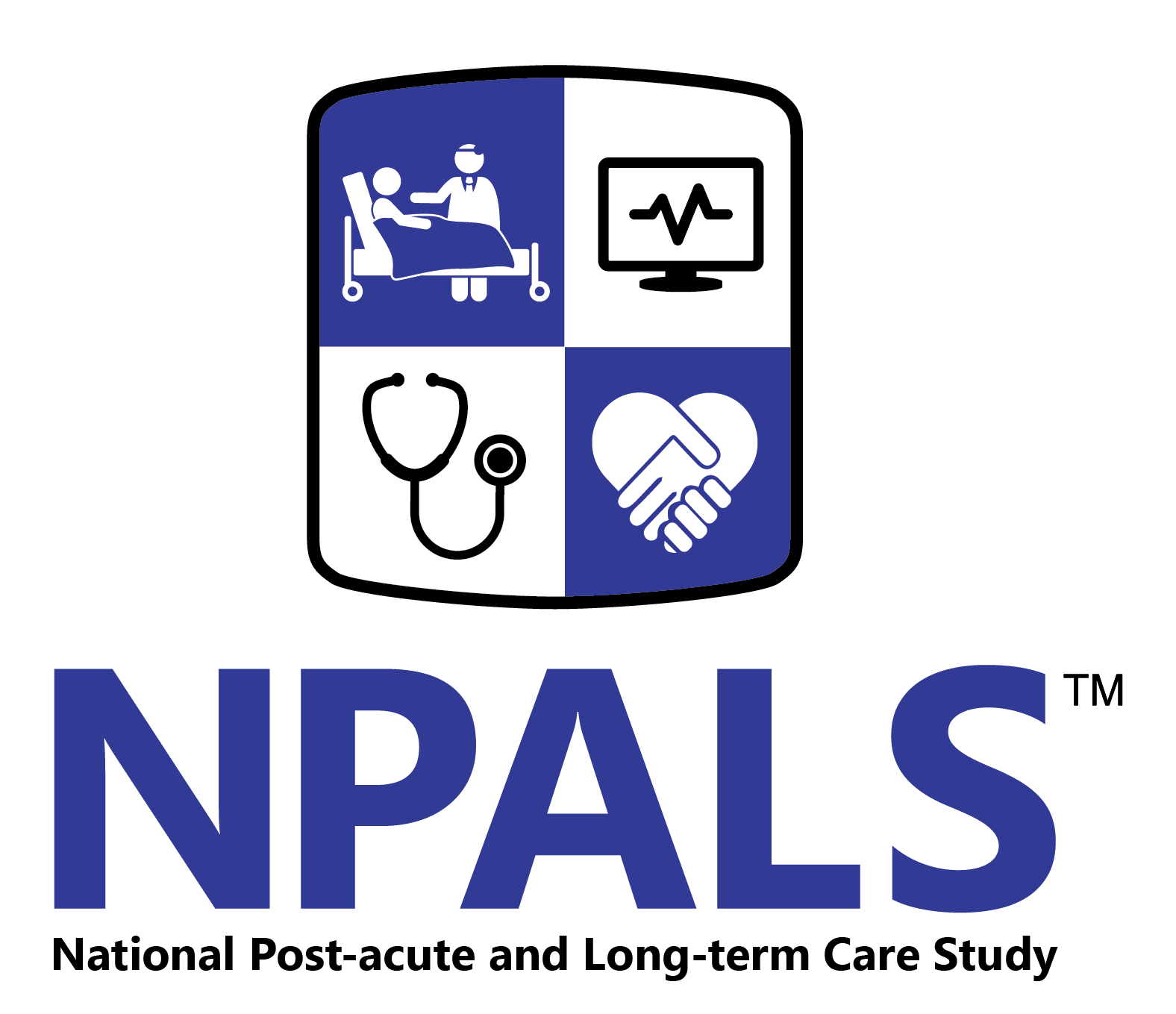Key points
- The National Post-acute and Long-term Care Study (NPALS) began in 2012.
- Until 2020, NPALS was called the National Study of Long-term Care Providers, or NSLTCP.
- The NPALS transition expanded what NSLTCP studied.

Background
In 2020, the National Center for Health Statistics (NCHS) launched the National Post-acute and Long-term Care Study (NPALS). NPALS expanded the National Study of Long-Term Care Providers (NSLTCP).
In 2012, NSLTCP had replaced NCHS's previous National Nursing Home Survey, National Home and Hospice Care Survey, and National Survey of Residential Care Facilities.
A new name, an expanded scope
The new name reflects the addition of inpatient rehabilitation facilities and long-term care hospitals to the study.
NPALS also continues to look at the five sectors previously included in NSLTCP—
- Adult day services centers
- Assisted living and similar residential care communities
- Home health agencies
- Hospices
- Nursing homes
Achieving integrated data collection
In 2009, an external review panel convened by the NCHS Board of Scientific Counselors issued recommendations for studying long-term care providers. The panel advised NCHS to integrate all existing and future long-term care provider surveys into a unified study. NPALS is the result of this recommendation.
In keeping with the panel's recommendation, NPALS aims to—
- Monitor the diverse post-acute and long-term care sectors
- Provide an overall picture of all aspects of long-term care at the same point in time
- Fill the gaps in coverage of long-term care providers and recipients
- Address uncertainties and challenges in fielding the survey after past issues with data collection frequency
